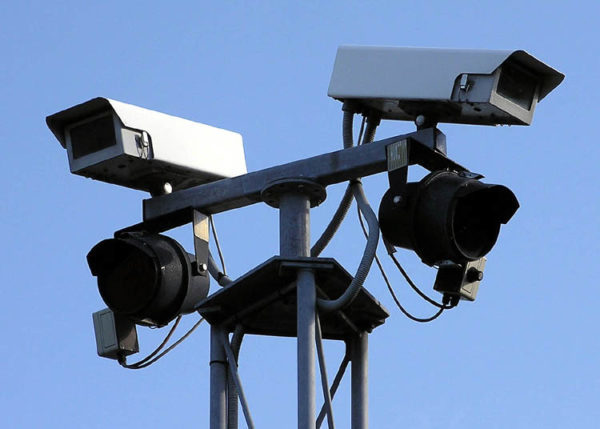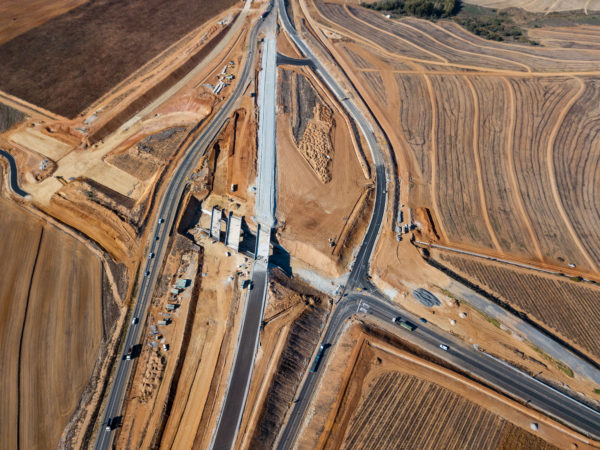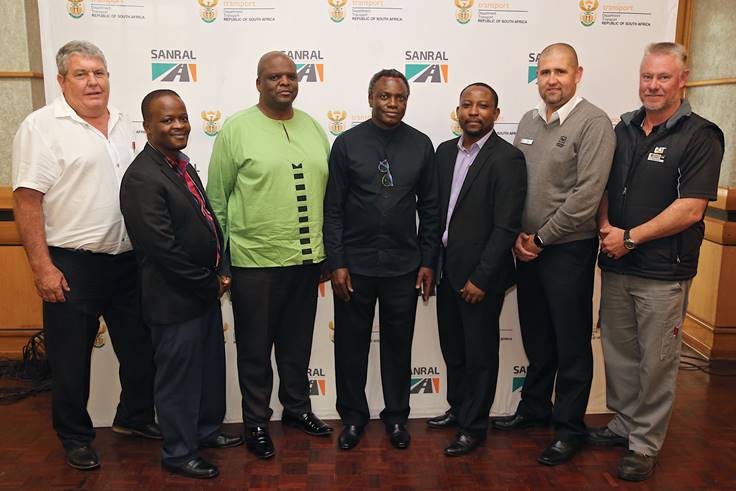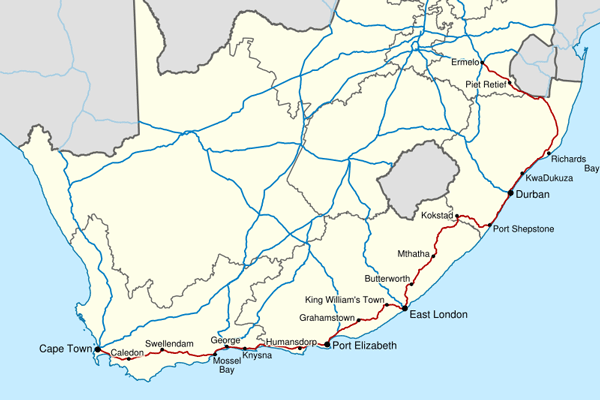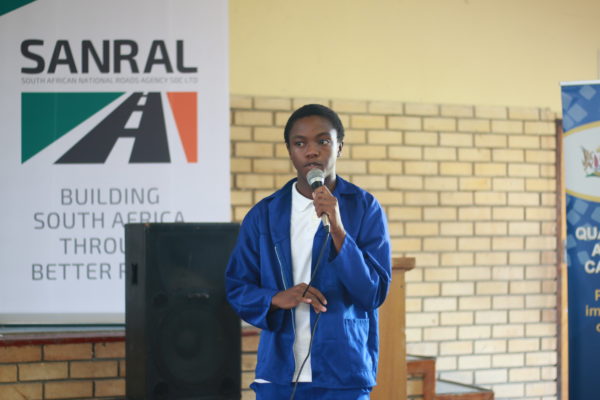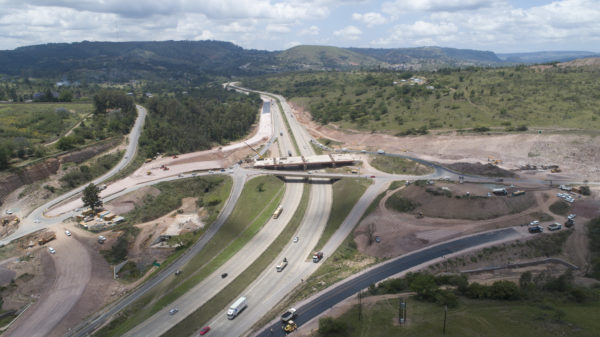Read up on some of the most often asked inquiries about SANRAL and its processes.
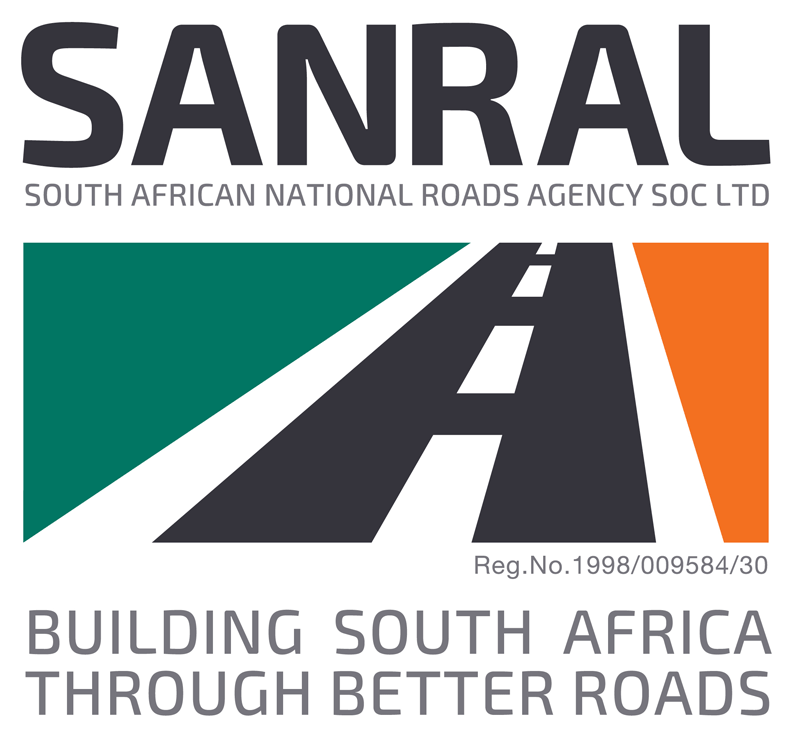
WHAT IS SANRAL?
The South African National Roads Agency (SOC) Limited (SANRAL) was established in April 1998 by an act of Parliament as an independent company to operate South Africa’s national road network.
It is a public company with share capital within the requirements of the South African Companies Act and is governed by a board of five members. The Minister of Transport is the sole shareholder of SANRAL, representing government.
SANRAL is a state-owned entity (SOE), category 3A, and is not allowed to make a profit. It is not a business enterprise. It is responsible for a national road network of 22 214km.
This network is gradually expanding, as a growing number of provinces request the agency to take over the management of their primary roads.
SANRAL’s role is to be an implementing agency for road planning, construction and maintenance, on behalf of the Department of Transport.
WHICH ROADS ARE SANRAL RESPONSIBLE FOR?
Most of the national roads – the “N” roads – with minor exceptions, such as a stretch of the N14 in Gauteng, and the N2 between Cape Town International Airport and the city centre.
There are also some provincial and municipal roads in the Eastern Cape, Mpumalanga, Limpopo and the North West that have been incorporated into our network.
WHY DOES SANRAL TOLL ITS ROADS?
Of our entire network, only 2 948km is tolled. Roads are the arteries of our nation – they connect major cities, towns and villages in rural areas. Roads bring economic growth, tourism, social development and create economic opportunities for all citizens, but they need to be maintained.
Roads deteriorate over time, due to environmental and other influences, such as traffic flow, weather, ultraviolet radiation, truck overloading, etc. And maintenance is not a once-off occurrence – it is continuous.
This isn’t just applicable to the road itself, but also to the verges, road markings, grass on the verges and the clearing of debris from incidents, among others.
The maintenance of roads is extremely expensive, as is upgrading them to keep up with growth and the managing of congestion.
To fund this, we cannot rely solely on tax. In these instances, the user-pay principle is applied. This decision is never made lightly or rashly.
WHERE IS SANRAL’S EASTERN REGION?
KwaZulu-Natal and Free State, and this includes 2 881km of road.
WHAT IS THE CONDITION OF SANRAL’S ROADS IN THE EASTERN REGION?
They are generally in a good to very good condition due to continuous maintenance being undertaken. The breakdown is as follows: Fair-25%, Good-35%, Very Good-40%.
WHAT ARE SOME OF THE MAJOR PROJECTS BEING UNDERTAKEN IN THE EASTERN REGION?
Upgrading of the N2/N3. The upgrade of the N2 will focus on a 55km length from Lovu River in the South Coast, to Umdloti in the North Coast. The N3 upgrade will focus on an 80km section from Durban to Pietermaritzburg. Dualling the N2 from Mtunzini to Empangeni and Dualling the N1 from Ventersburg to Kroonstad.
IF I WANTED TO WORK FOR SANRAL, HOW DO I GO ABOUT IT?
SANRAL offers internal and external bursaries to assist aspiring engineers and technical staff to enter the field of road construction. We also encourage skills development in related fields – community and economic development, project management, marketing and communication and general administration. Please contact our human resources department at 0128448000 or send an email to info@nra.co.za.
HOW CAN I CONTRACT FOR WORK WITH SANRAL?
Construction work is only given out on tender. SANRAL’s procurement philosophy is aimed at broad-based BEE. To read the entire Supply Chain Management Policy and Procedure Manual in PDF format and look out for contracts advertised on the SANRAL website, visit www.sanral.co.za
HOW DO I BRING ROAD CONDITIONS TO SANRAL’S ATTENTION?
The agency has special maintenance teams in place to respond to unplanned events, such as major accidents or floods, and can respond immediately.
In addition, we have a 48-hour turnaround time, from reporting to repairing of a pothole on our national roads.
Should you want to report a problem, simply visit www.nra.co.za for contact details of our regional offices and concessionaires.


